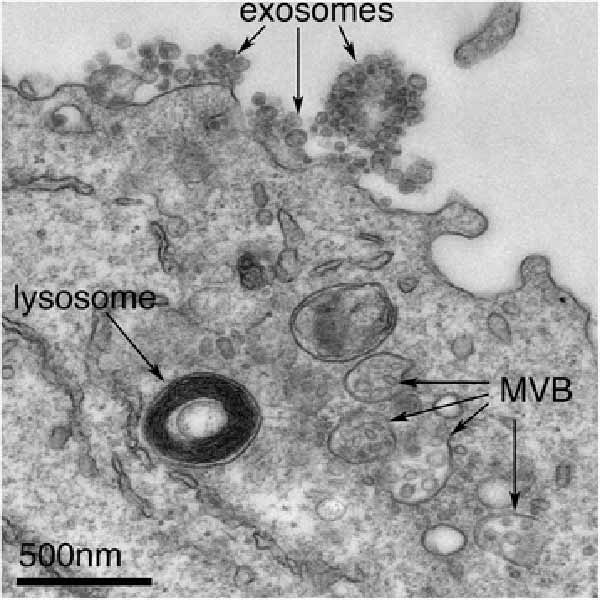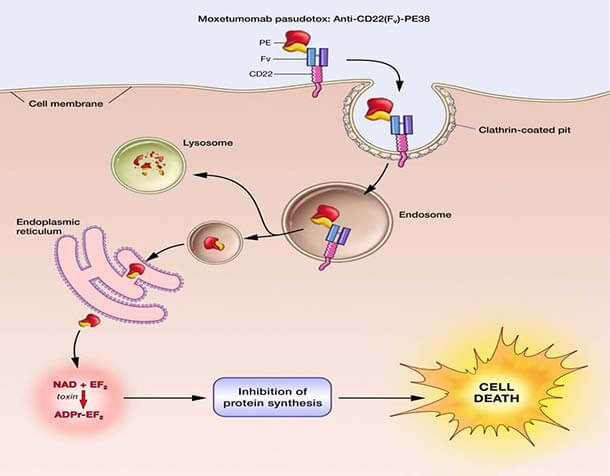| New from NCI |
| Integrating Geriatric Assessment into Cancer Care |
 |
|
More than 60% of people with cancer are age 65 or older. Learn about the unique issues older adults with cancer face and efforts to include geriatric assessment into patient care. |
| Exosomes May Help Tumors Evade Immune System |
 |
|
Exosomes are membrane-encased sacs secreted by tumors. Read about a recent study, which suggests that the protein coating on exosomes can help weaken the immune response to tumors. |
Appendix Cancers Are Distinct from Colon and Rectal Cancers
Cancer of the appendix is often treated with the same chemotherapy as colon and rectal cancers. But a recent study of DNA changes in this rare cancer shows that appendix cancer is distinct from colon, rectal, and other cancers of the gastrointestinal system. |
What Cancer Screening Statistics Really Tell Us
Cancer screening studies have shown that more screening does not necessarily translate into fewer cancer deaths. This article explains how to interpret the statistics used to describe the results of screening studies. |
| Moxetumomab Approved for Hairy Cell Leukemia |
 |
|
Hairy cell leukemia is a rare cancer of the blood and bone marrow that occurs most often in older people. Learn about moxetumomab and why its approval is an important advancement in the treatment of this disease. |
Illustration—5-Year Survival Rate for Selected Cancers among Children
This chart shows 5-year survival rates for selected cancers among children, from newborns to 19-year-olds. |
Illustration—Overall Mortality Rate for Childhood Cancers
This illustration shows that between 1975 and 2015, the overall mortality rate for childhood cancers decreased by 55%. |
| PDQ Summary Updates |
Esophageal Cancer Treatment
We’ve revised our PDQ summary on treatment for esophageal cancer with updated information on tests used for staging and the description of the stages of this disease. |
| Drug Information Updates |
Nivolumab
We’ve updated our drug summary on nivolumab (Opdivo) with a recent FDA approval. The drug is now approved as third-line therapy for patients with metastatic small cell lung cancer. |